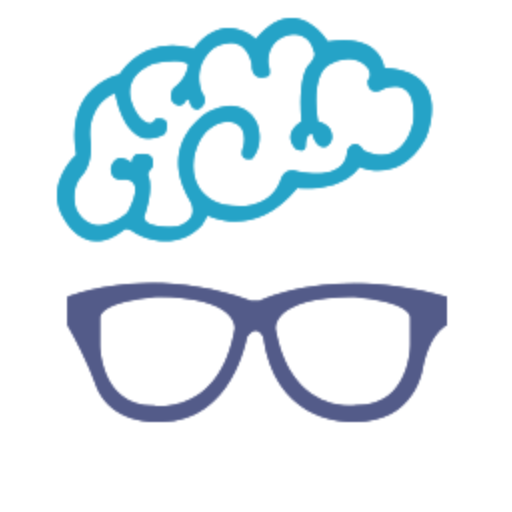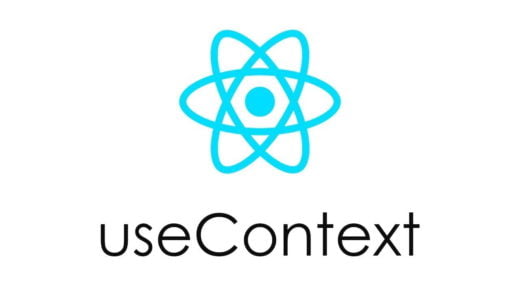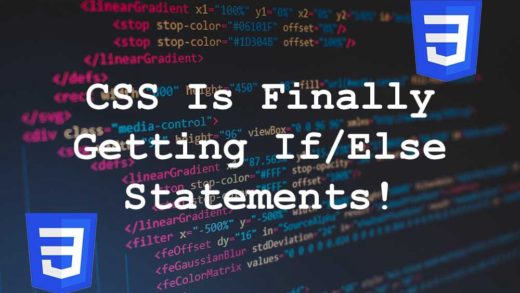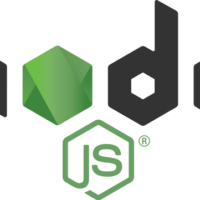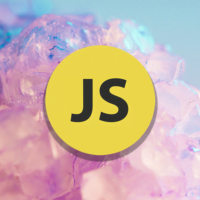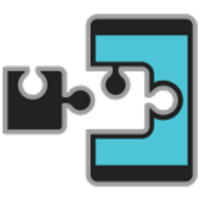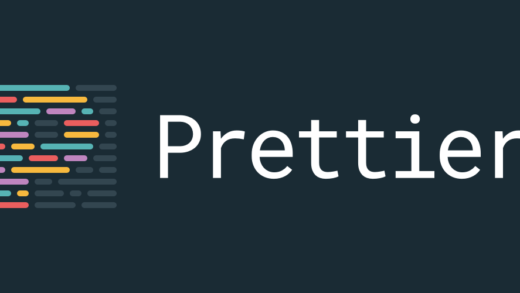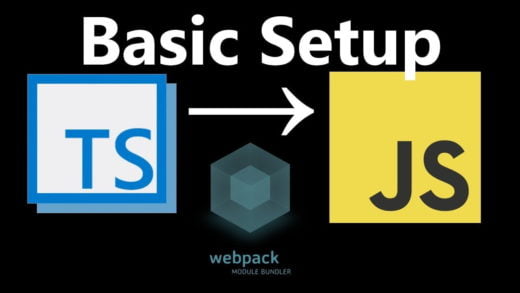In the world of data analysis, ensuring the accuracy and reliability of data is paramount. Data cleansing, the process of identifying and correcting or removing errors, inconsistencies, and inaccuracies in datasets, plays a vital role in achieving high-quality data. Traditionally, data analysts relied on manual coding to perform data cleansing tasks, but with the advancements in technology, data cleansing tools have emerged as a powerful alternative. In this article, we will explore the key differences between data cleansing tools and coding, and examine the advantages and disadvantages of each approach. By understanding these distinctions, data analysts can make informed decisions on which method best suits their specific data cleansing needs.
Understanding Data Cleansing Tools
Data cleansing tools are software applications designed to automate the process of identifying and correcting errors, inconsistencies, and inaccuracies in datasets. These tools provide a systematic approach to cleanse and standardize data, ensuring its accuracy and reliability for further analysis and decision-making. Unlike manual coding, data cleansing tools offer a more efficient and streamlined process, saving time and effort for data analysts.
Data cleansing tools typically come equipped with a range of functionalities to address various data quality issues. They can handle tasks such as removing duplicate records, correcting spelling errors, standardizing data formats, and validating data against predefined rules. These tools utilize algorithms and advanced techniques to automatically detect patterns, outliers, and anomalies in datasets, making the data cleansing process more accurate and reliable.
Moreover, data cleansing tools often provide user-friendly interfaces and intuitive workflows that require minimal coding knowledge. This accessibility allows data analysts with varying levels of programming expertise to effectively utilize these tools. Many data cleansing tools offer interactive visualizations, drag-and-drop functionalities, and prebuilt templates, making them easy to navigate and operate.
Common data cleansing tools in the market include software applications such as WinPure, Trifacta, Talend, and Informatica. These tools offer a wide array of functionalities, allowing data analysts to perform comprehensive data cleansing tasks without having to write extensive code manually. For instance, data cleansing by Winpure stands out with its user-friendly interface and codeless operations. It offers robust and efficient functionalities, making it an excellent choice for data analysts who prefer streamlined and intuitive data cleaning processes.
Understanding the capabilities and functionalities of data cleansing tools is essential for data analysts aiming to streamline their data cleansing process and improve the quality of their datasets. By harnessing the power of these tools, analysts can focus their efforts on data interpretation and analysis, rather than spending valuable time on manual cleansing tasks.
The Power of Coding in Data Cleansing
Manual coding has long been a traditional approach used by data analysts to perform data cleansing tasks. It involves writing scripts or programs in programming languages such as Python, R, or SQL to identify and rectify data quality issues. Coding provides a high level of flexibility and control, allowing analysts to customize their data cleansing algorithms based on specific requirements. However, it also comes with its own set of advantages and disadvantages compared to data cleansing tools.
To better understand the differences between coding and data cleansing tools, let’s examine them side by side in the following table:
| Coding | Data Cleansing Tools | |
| Level of Expertise | Requires programming skills | Minimal coding knowledge required |
| Flexibility | Highly customizable | Limited customization capabilities |
| Time Efficiency | Time-consuming | Automates the cleansing process |
| Complexity | Prone to human errors | Advanced algorithms reduce errors |
| Scalability | Can handle large datasets | Efficient handling of big data |
| Learning Curve | Steep learning curve | User-friendly interfaces |
| Maintenance | Ongoing updates required | Tools come with regular updates |
| Integration | May require additional effort for integration with other systems | Integrated functionalities |
While coding offers the advantage of customization and flexibility, it often requires a higher level of expertise and time investment. Data analysts proficient in coding can create tailored data cleansing algorithms to suit specific data quality challenges. However, coding can be prone to human errors and may involve a steep learning curve for those without extensive programming knowledge.
On the other hand, data cleansing tools simplify the cleansing process by automating tasks and offering user-friendly interfaces. These tools, such as WinPure and other similar applications, are designed to handle common data quality issues effectively. They provide prebuilt functionalities and advanced algorithms, reducing the risk of errors and significantly saving time for data analysts. However, they may have limitations in terms of customization and flexibility compared to coding-based approaches.
The choice between coding and data cleansing tools ultimately depends on the specific requirements of the data cleansing task and the skill set of the data analyst. Some analysts may prefer the control and customization options that coding offers, while others may prioritize efficiency and ease of use provided by data cleansing tools. In certain cases, a hybrid approach combining coding and data cleansing tools may be the optimal solution to leverage the benefits of both methods.
Making the Right Choice: Deciding Between Data Cleansing Tools and Coding
When it comes to data cleansing, choosing between data cleansing tools and coding can be a crucial decision for data analysts. Both approaches have their own strengths and limitations, and selecting the appropriate method depends on several factors. Here are key considerations to help you make an informed choice:
Nature of Data Cleansing Task: Assess the specific requirements of your data cleansing task. If it involves complex algorithms or requires highly customized rules and logic, coding may provide the necessary flexibility. On the other hand, if the task primarily involves common data quality issues and standard cleansing operations, data cleansing tools can automate the process more efficiently.
Expertise and Resources: Evaluate your team’s expertise and resources. Coding requires programming skills, and analysts proficient in programming languages like Python, R, or SQL can create customized solutions. However, if your team lacks extensive coding knowledge or resources, data cleansing tools offer a more accessible option with user-friendly interfaces and prebuilt functionalities.
Time and Efficiency: Consider the time and efficiency aspects. Coding for data cleansing can be time-consuming, especially for large datasets or complex tasks. Data cleansing tools, such as WinPure and similar applications, automate the cleansing process, saving valuable time and effort. If time efficiency is a priority, data cleansing tools provide a streamlined approach.
Scalability and Integration: Examine the scalability and integration requirements of your data cleansing operations. If you are working with large datasets or need to integrate the cleansing process with other systems or workflows, data cleansing tools are often designed to handle such scenarios efficiently. Coding may require additional effort for scalability and integration.
Learning Curve and Maintenance: Consider the learning curve and ongoing maintenance requirements. Coding typically involves a steep learning curve, requiring analysts to invest time and effort in acquiring programming skills. Furthermore, ongoing maintenance and updates are necessary to keep coding-based solutions up to date. Data cleansing tools, on the other hand, come with user-friendly interfaces, reducing the learning curve, and often include regular updates and support.
In some cases, a hybrid approach can be adopted, combining the strengths of both coding and data cleansing tools. Analysts can utilize data cleansing tools for routine and standard cleansing tasks, while employing coding for more complex or customized operations. This approach allows for flexibility and efficiency while leveraging the automation capabilities of data cleansing tools.
Ultimately, the decision between data cleansing tools and coding depends on your specific needs, expertise, and project requirements. Assessing the nature of the data cleansing task, considering available resources, and evaluating time efficiency, scalability, and integration requirements will help you make an informed choice that aligns with your data cleansing goals and maximizes the accuracy and reliability of your datasets.
